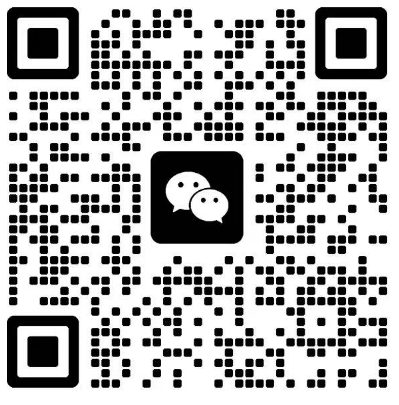
The article delves into the issue of Google Chrome's inability to translate English content, exploring various aspects such as the limitations of the translation feature, user experience, technical challenges, and potential solutions. It highlights the frustration faced by users who rely on this feature and discusses the broader implications for Google Chrome's global accessibility.
---
Introduction to the Issue
Google Chrome, one of the most popular web browsers, offers a convenient translation feature that allows users to translate web pages from one language to another. However, many users have reported that the browser struggles to translate English content, leading to frustration and inconvenience. This article examines the reasons behind this issue and its impact on users.
Limitations of the Translation Feature
1. Inadequate Language Detection: One of the primary reasons for Google Chrome's inability to translate English content is the browser's poor language detection capabilities. This often leads to misinterpretation of the content, resulting in incorrect translations.
2. Complex Sentence Structures: English sentences can be complex and contain multiple clauses, which can confuse the translation algorithm. This complexity often results in the browser failing to translate the content accurately.
3. Limited Contextual Understanding: Translation algorithms rely on context to provide accurate translations. However, Google Chrome's translation feature often lacks the ability to understand the context, leading to translations that do not make sense in the given context.
User Experience
1. Frustration and Inconvenience: Users who rely on Google Chrome's translation feature for accessing English content often encounter frustration and inconvenience when the feature fails to translate correctly. This can disrupt their workflow and hinder their ability to understand the content.
2. Loss of Trust: When the translation feature fails consistently, users may lose trust in the browser and seek alternative solutions, potentially affecting Google Chrome's market share.
3. Increased Time Consumption: Incorrect translations require users to spend additional time correcting them, which can be time-consuming and inefficient.
Technical Challenges
1. Language Ambiguity: English, like many other languages, contains ambiguities that can be challenging for translation algorithms to resolve. This ambiguity often leads to incorrect translations.
2. Evolution of Language: Languages evolve over time, and new words and phrases emerge. Keeping up with these changes is a significant challenge for translation algorithms, which may not always be up-to-date with the latest language developments.
3. Computational Resources: Translating content requires significant computational resources, which can be a challenge for browsers like Google Chrome, especially when dealing with large volumes of data.
Potential Solutions
1. Improving Language Detection: Enhancing the browser's language detection capabilities can help in accurately identifying the language of the content, thereby improving the translation accuracy.
2. Advanced Translation Algorithms: Developing more sophisticated translation algorithms that can handle complex sentence structures and understand context can significantly improve the translation quality.
3. User Feedback: Incorporating user feedback to continuously improve the translation feature can help in addressing specific issues and enhancing the overall user experience.
Conclusion
Google Chrome's inability to translate English content effectively poses significant challenges for users who rely on this feature. The limitations of the translation feature, combined with technical challenges and user experience issues, highlight the need for continuous improvement. By addressing these concerns and implementing potential solutions, Google Chrome can enhance its translation capabilities and provide a more seamless and accurate translation experience for its users.





